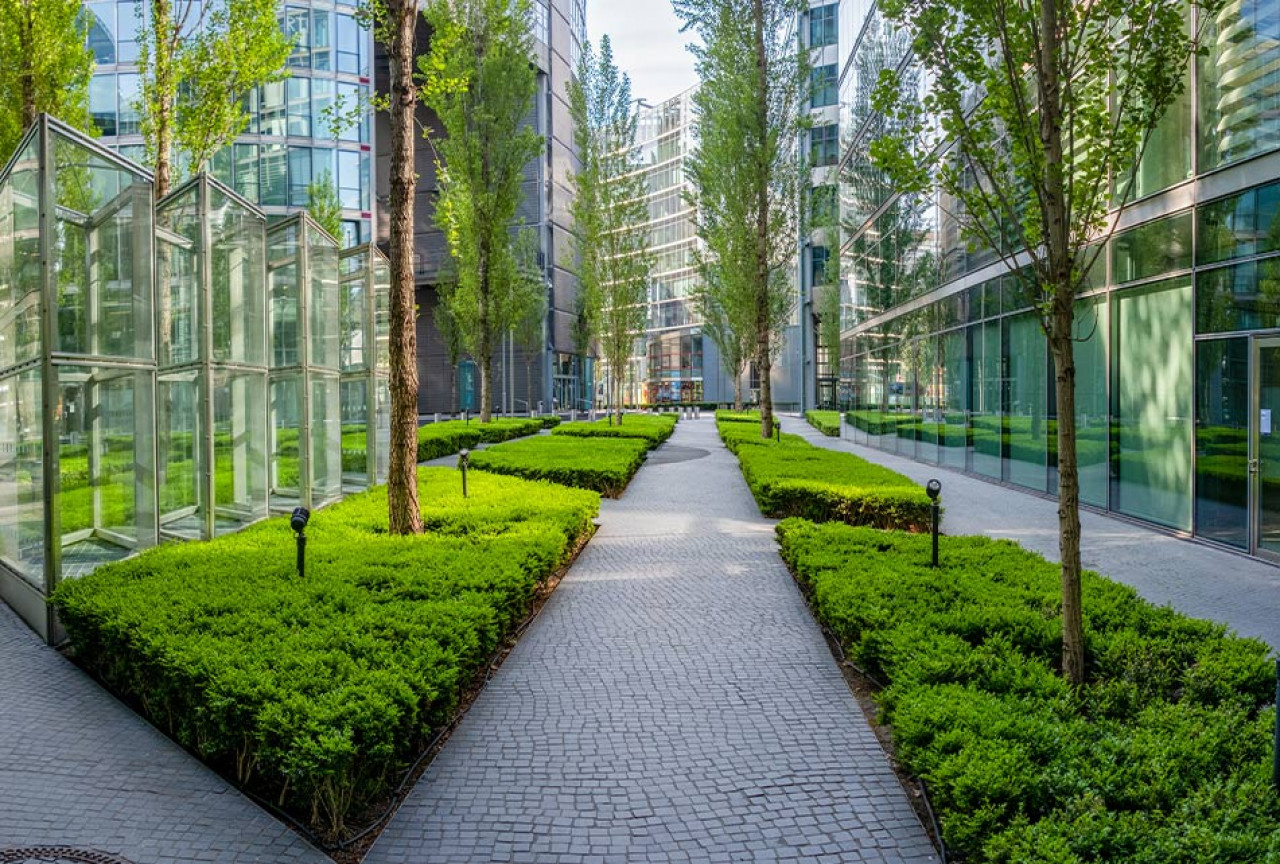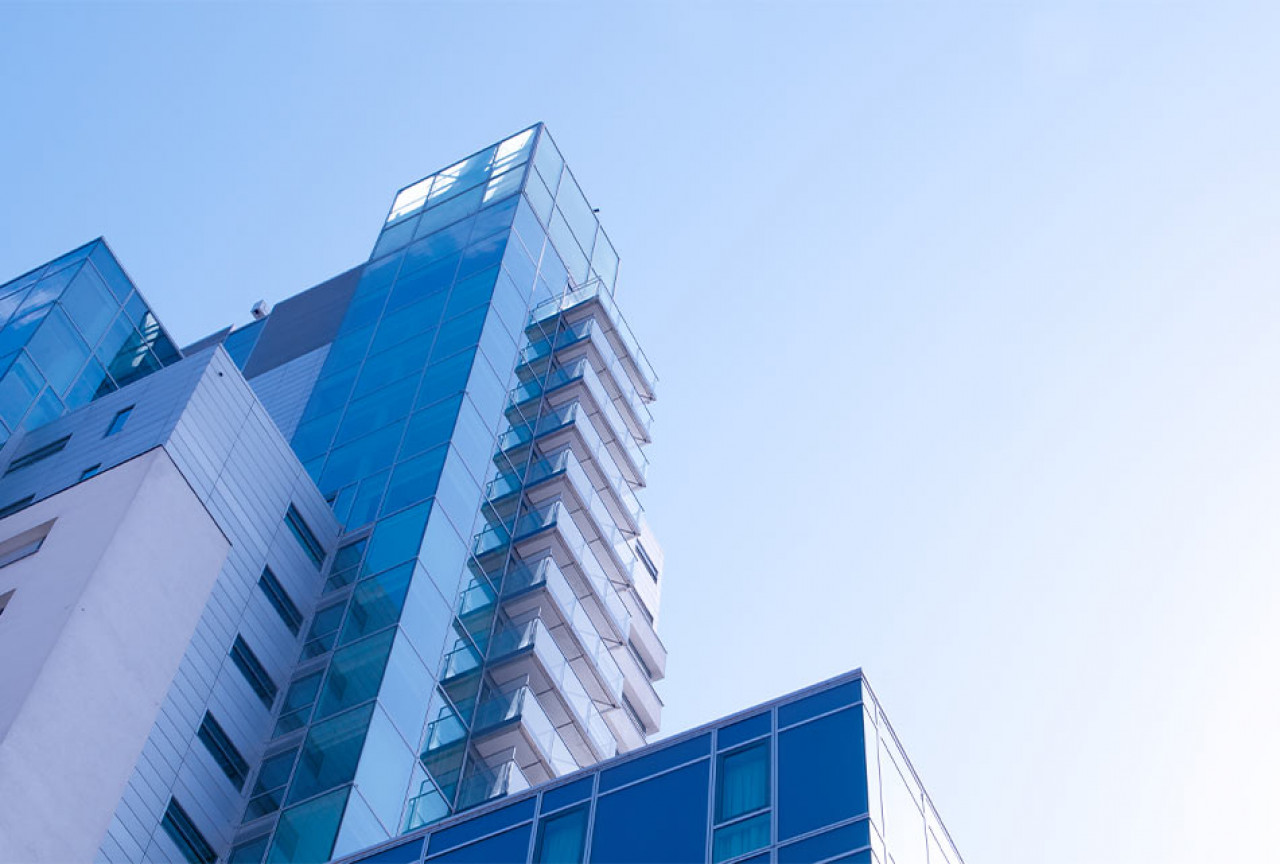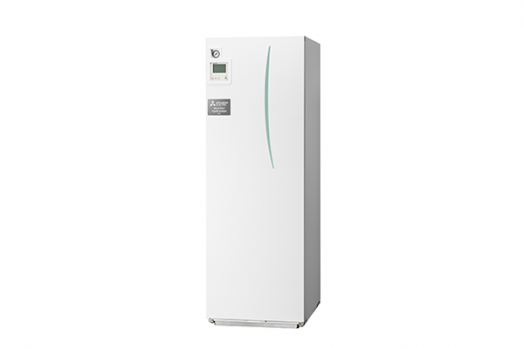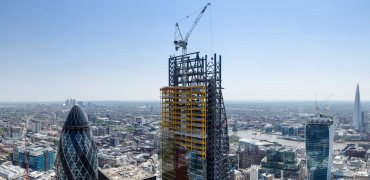How do modern heat networks work?
What are modern heat networks?
Modern heat networks, known as fifth generation or ambient loop heat networks operate at low temperatures between 10oC and 30oC. One benefit of this low-temperature operation is that multiple water-source heat pumps can be used on the network.
They can use the network as a heat source or a heat sink, depending on the demand for heating or cooling.





